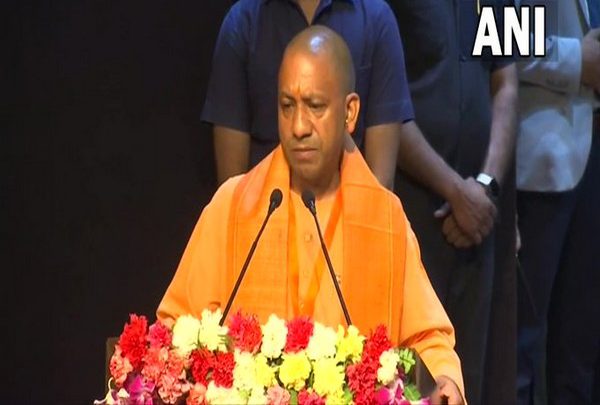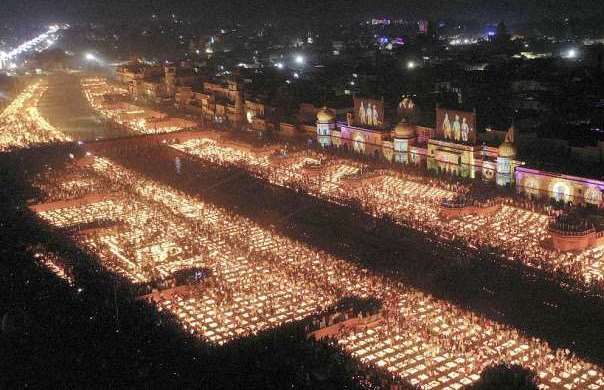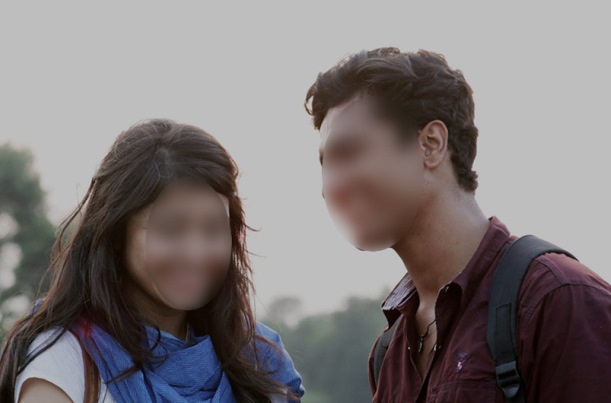To reduce the rush in courts and to facilitate the judicial process, the Yogi government is preparing to bring all the courts under one roof, as per an official statement.
On the instructions of Chief Minister Yogi Adityanath, 10 districts including Mahoba, Hathras, Chandauli, Shamli, Amethi, Hapur, Auraiya, Sonbhadra, Sambhal, and Chitrakoot have been selected as pilot projects for the Integrated Court Complex. Rs 400 crore has been given for the special project through the supplementary budget passed by the assembly on Tuesday.
Participating in the discussion on the supplementary budget, Chief Minister Yogi Adityanath also mentioned the important scheme of the Integrated Court Complex.
He said that the timely delivery of justice is essential in good governance. With this spirit, the government is going to construct integrated court complexes in 10 districts.
“Recently, a group from Uttar Pradesh had gone to study Baroda in Gujarat regarding the Integrated Court Complex. The model of the Integrated Court Complex has been successfully implemented here,” said CM Yogi.
At the same time, in a high-level meeting on the action plan of the complex, the Chief Minister said, “According to the different nature of crimes, the number of courts associated with different laws has also increased for speedy justice. These courts function from different places in the districts. Courts are running in rented buildings in many places. Due to courts in different directions in the same district, both the judicial officers and the litigants face problems.”
He added that there are also problems with security arrangements and administrative arrangements. In view of this, integrated court buildings can be useful for the courts. Besides, the construction of such court complexes has also been ordered by the Supreme Court in order. On the instructions of the Chief Minister, the Public Works, Home, and Law, and Justice Departments are working on this project. The integrated building will have space for all the facilities including the court, judges’ chamber, meeting hall, video court, poking, and canteen.
There will also be residences along with the court building.
District and subordinate courts in this integrated court complex are to be built in 10 districts,
There will be Commercial Courts, Miscellaneous, Tribunals, Fast Track Courts, Lok Adalats, etc. There will also be a residential colony for judges and judicial officers and employees, parking, and a food plaza along with court buildings an advocate chamber, and an auditorium. (ANI)
Read More: http://13.232.95.176/


